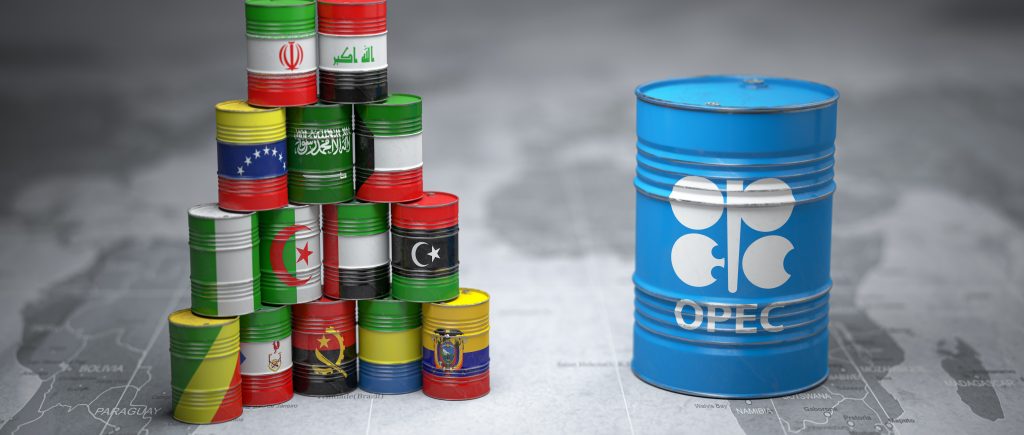Oil prices changed little on Tuesday and remained hovering near a three-month high reached on Monday amid signs of declining global supplies due to production cuts by producing countries and strong demand in the world’s top fuel consumer, the United States.
By 0135 GMT, Brent crude futures were at $85.30 a barrel, down 13 cents, or 0.15 percent, from the previous session’s settlement price. Front-month Brent crude contracts reached their highest level in three months since April 13 on Monday.
US West Texas Intermediate crude was at $81.69 a barrel, down 0.1 percent, or 11 cents, from the previous session’s settlement price, which reached its highest since April 14.
“Oil prices are on track to reach higher levels in 2023 in our view. The meeting of the Organization of the Petroleum Exporting Countries (OPEC) on Friday is a potential catalyst to the outlook as we expect to extend voluntary supply cuts in Saudi Arabia for another month,” National Australia Bank analysts said in a note on Tuesday. .
Analysts expect Saudi Arabia to extend its voluntary cut in oil production of one million barrels per day for another month, to include September, to provide additional support to the market during an online meeting with other major producers scheduled for Friday.
In June, the OPEC+ alliance, which includes OPEC and allies including Russia, reached a broader agreement to cut oil supplies until 2024, and Saudi Arabia pledged additional voluntary cuts in July. On July 3, the kingdom said it would extend the voluntary cut to August and that it could extend for more months.
A Reuters survey showed on Monday that the Saudi cuts were less than the target, with production falling by 860,000 barrels per day in July, while total OPEC production fell by 840,000 barrels per day.
The data showing declining supplies coincided with the release of US figures on Monday showing that fuel demand rose to 20.78 million barrels per day in May, the highest level since August 2019.
Data released by the US Energy Information Administration also showed that demand for gasoline rose to 9.11 million barrels per day, the highest level since June 2022.
US crude oil and gasoline inventories were expected to decline last week, according to a Reuters poll, which estimated, on average, that crude stocks fell by about 900,000 barrels in the week ending July 28.
 Noor Trends News, Technical Analysis, Educational Tools and Recommendations
Noor Trends News, Technical Analysis, Educational Tools and Recommendations





